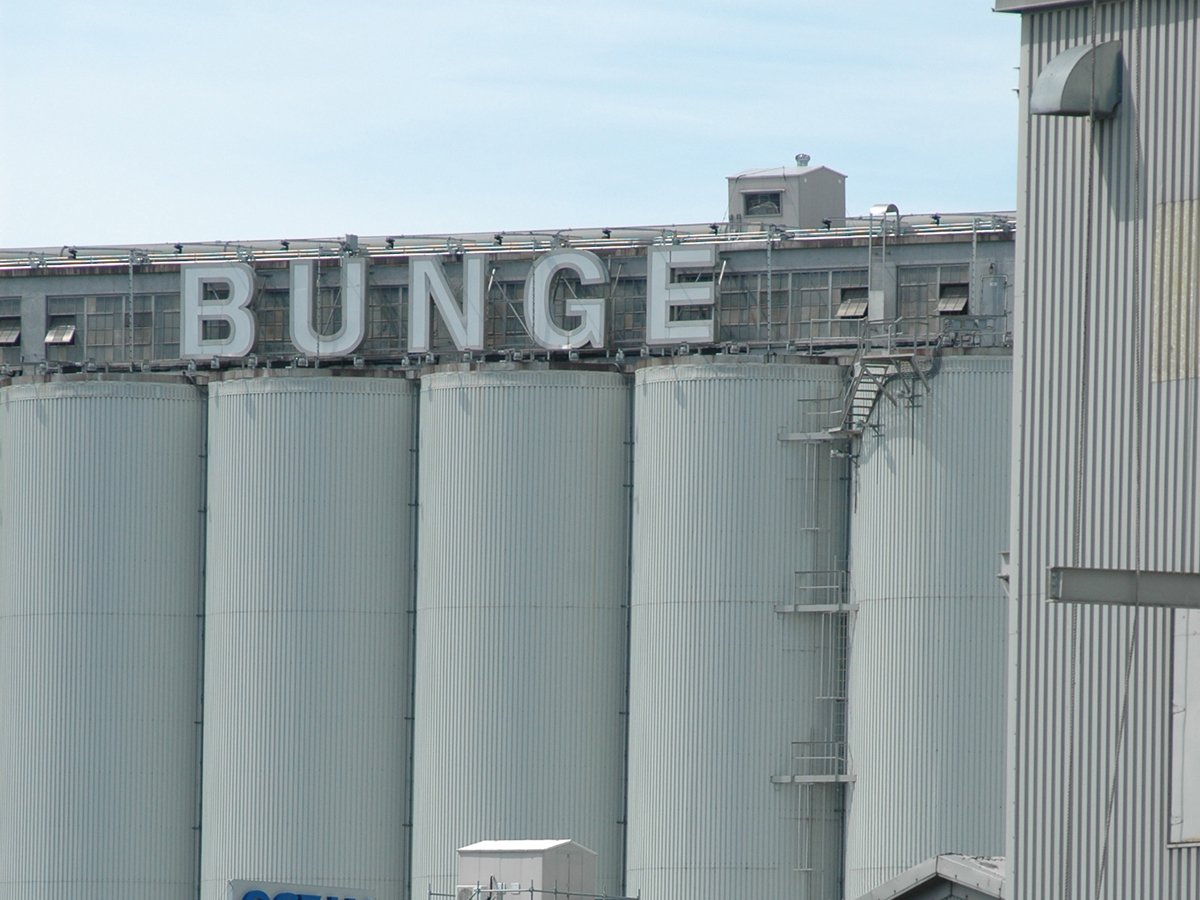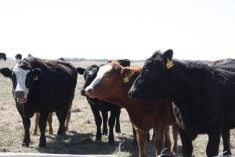This cattle market information is selected from the weekly report from Canfax, a division of the Canadian Cattlemen’s Association. More market information, analysis and statistics are available by becoming a Canfax subscriber by calling 403-275-5110 or at www.canfax.ca.
Big fed slaughter
Last week’s large speculative cash offering saw lacklustre buying interest. The bulk of dressed sales were reported steady to $2 per hundredweight lower than the previous week at $288 per cwt. delivered.
Read Also

Bunge’s crop mix is changing
Bunge has predominantly been a soybean processing firm, but that’s about to change after the merger with Viterra with softseed processing and grain merchandising gaining ground.
June kill schedules have been booked up and deliveries are spilling out to the first and second weeks of July. Despite the Victoria Day holiday, Western Canadian fed slaughter for the week ending May 28 was one percent larger than the previous week, totaling 42,805 head. Year to date western fed slaughter volume is up five percent at 896,514 head.
Canadian fed cattle/cow exports to the United States for the week ending May 21 were 26 percent lower than the previous week at 8,769 head and were 77 percent larger than the same week last year. Year to date export volumes were 13 percent larger at 207,270 head.
Ontario dressed prices surged $5-$10 per cwt. higher than the previous week, with trade reported from $315-$320 per cwt. delivered.
Negative feeding margins continue to flush ample fed cattle to market and there is no incentive to make cattle heavier. With exceptional conditions through the entire feeding year, fed calves are coming market ready on time or ahead of schedule.
AAA and Prime as a percentage of all A grades has eased lower over the past four weeks, but for the week ending May 28 was at 69.17 percent compared with the five-year historic average of 61.48 percent.
In the U.S., southern live trade was generally US$1-$2 per cwt. lower than the previous week from $135-$136. Northern live sales were from $138-$143 per cwt. and weekly average steer prices were anticipated around $1 per cwt. lower than the previous week at $140. Most northern dressed trade was reported at $222 per cwt. delivered and $2 per cwt. lower than the previous week’s Nebraska rail average.
Drought brings cows to town
Dry conditions persist across much of the Prairies, forcing many cow/calf producers to cull harder than normal for this time of year. There was a notable increase in non-fed volumes through commercial auction facilities last week. Despite larger numbers, butcher cows traded steady to $2 per cwt. higher through the ring and dressed bids/sales were $5 per cwt. higher. D2s averaged $103.94 and D3s averaged $90.57 per cwt. Butcher bulls averaged $127.15 per cwt.
Alberta bull and Ontario cow prices established new annual highs. Ontario cow prices have gained $4.50 per cwt. in the previous two weeks, averaging just over $111 per cwt. For the beginning of June, this is the second highest price on record.
There have been a few late summer and fall bred cows on offer, and demand remains weak. Most are going to slaughter. If moisture conditions don’t improve, cows will continue to come to market and slaughter/export volumes could move above year-ago levels.
Grass cattle direct to feedlot
Weekly Alberta auction volumes totaled just over 20,000 head last week. For the beginning of June, it was the second largest volume over the past decade. The situation is similar to last year, with grass cattle that would not be marketed or gathered off pasture until the summer are moving into feedlots 60-90 days earlier than normal. In some instances, grass cattle are not even being turned out to summer pastures, instead going directly to the feedlot.
In some of the driest areas of Alberta, calves born in January/February, weighing 300 lb. are already being split and sold. On the cash market, heavier weight heifers continue to be a tougher sell compared to steers.
The forward delivery market was lightly tested last week, with 900+ lb. heifers for late summer delivery averaging in the mid-$190s per cwt.
Large volumes of cow/calf pairs continue to hit the market, and supply is outpacing demand. Buying interest on Alberta cow/calf pairs has been noted from eastern Saskatchewan and Manitoba. Last week cow/calf pairs traded from $1,675-$2,475, averaging $1,925 per pair, which is $300 per pair lower than last year.
U.S. cutouts positive
In U.S. beef trade, cutouts ended the Memorial Day shortened week in mostly positive territory. Choice averaged US$266.65 and Select averaged $249.63 per cwt. All Choice and Select primals traded higher compared to the previous week.














